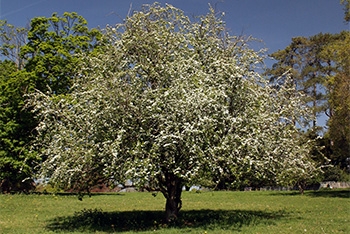Tree of the month: Hawthorn
Hawthorn - Crataegus monogyna
Each month we’re going to bring you a profile of one of the tree species being planted in the Silk Wood Community Planting Project. For the start of May, it’s the hawthorn.
Hawthorn is a fantastic woody shrub often found in ancient hedgerows throughout the countryside, or alone on wind-beaten hills shaped and twisted by the elements. This spiny tree supports a wealth of wildlife who shelter within the thorns and feed on the berries, known as ‘haws’, or the pollen of the flowers. The leaves are the foodplant of many moth caterpillars – including the aptly named ‘hawthorn moth’, and older trees will often have cracked and fissured bark, which is also a fantastic habitat for many invertebrates.
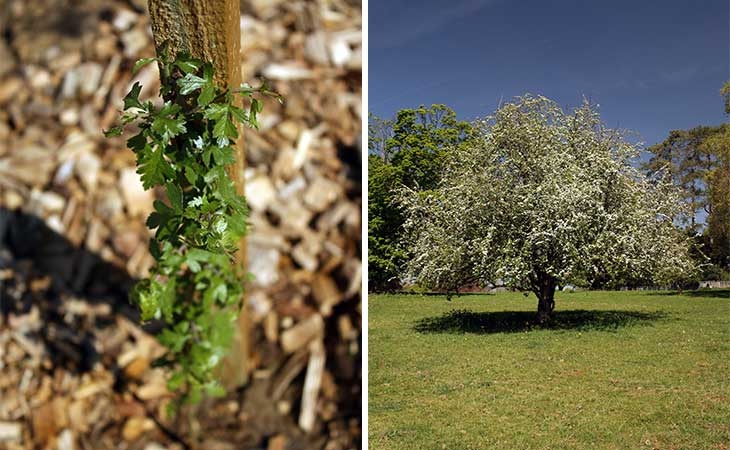
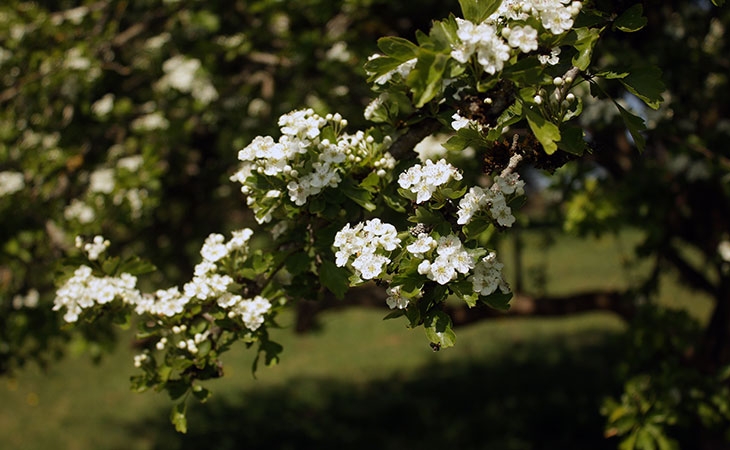
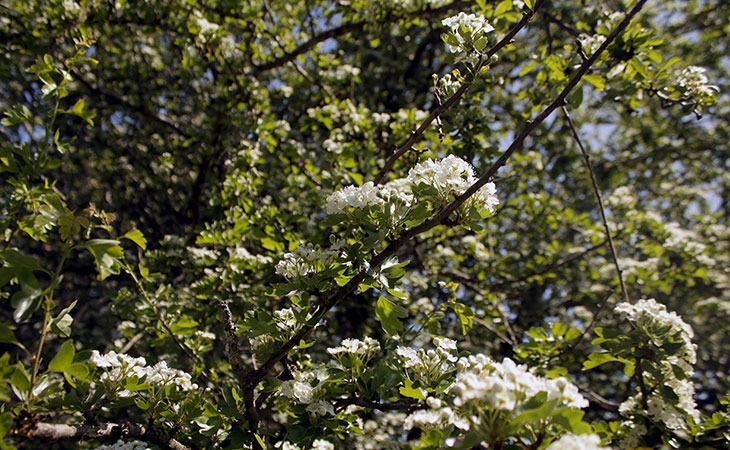
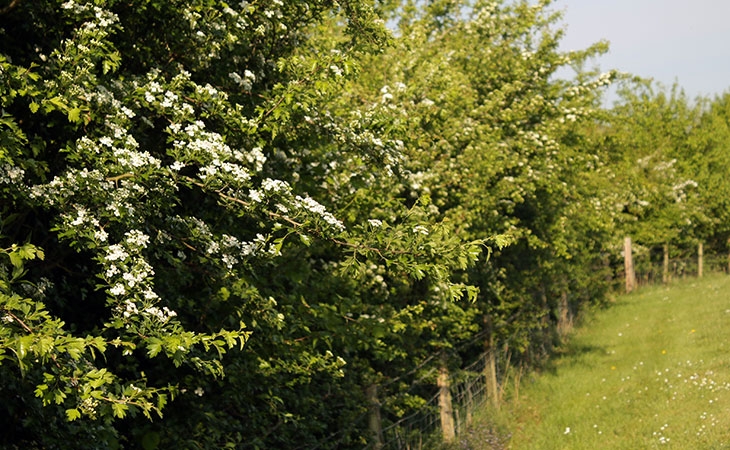
The flowers themselves will often be seen to erupt around this month, giving hawthorn its other common names: ‘May Thorn’, ‘May Tree’ and ‘May Blossom’. - however, with a warming climate, you may find hawthorns blossoming much earlier, especially in the south of the UK. In spring, one way of telling it apart from the similar blackthorn is the fact that blackthorn blossoms a bit earlier, before its leaves appear, whereas hawthorn’s leaves appear before the blossom.
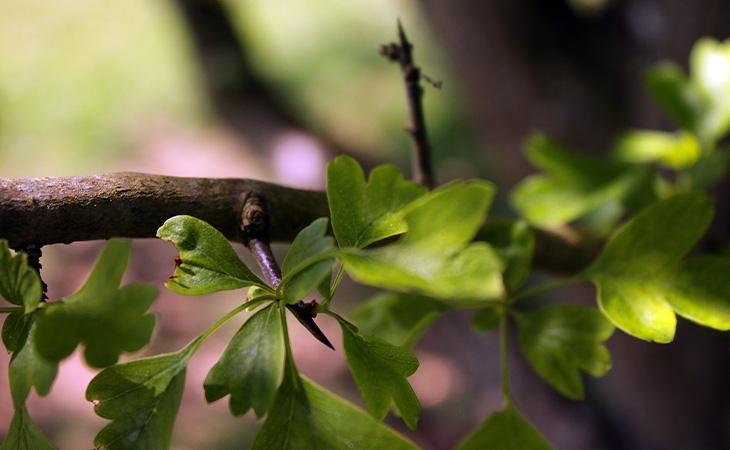
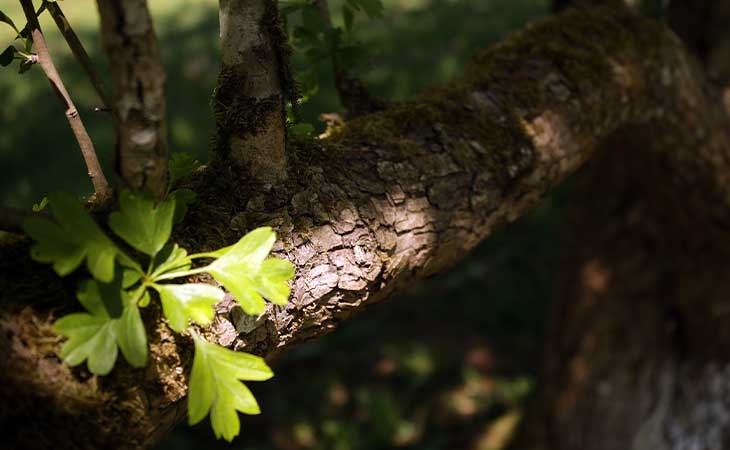
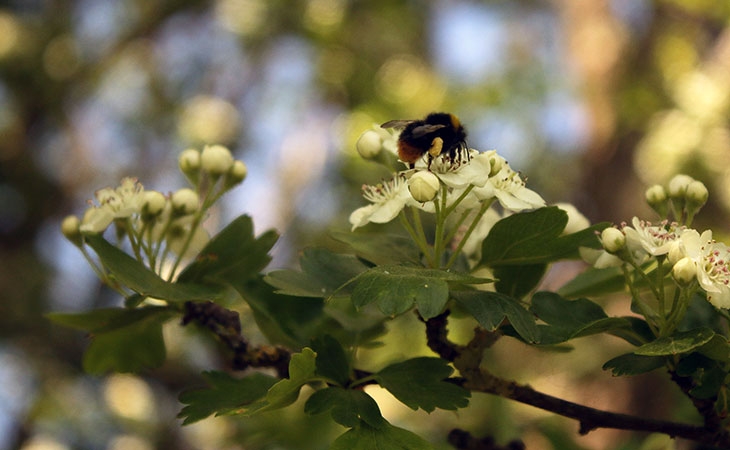
Hawthorn was commonly used as a hedging plant, being dense and prickly, but the wood has been used for carving and turnery. Both the flowers and young leaves are edible, and can be added to salads, and the haws can be made into jellies - but of course, please don't pick or eat anything you find at Westonbirt.
